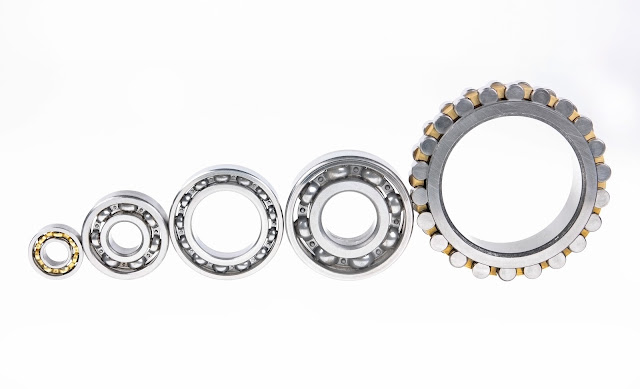Casting is one of the oldest manufacturing processes in existence. For over 7,000 years, humans have been able to create intricate objects by pouring liquid metal into a mold. While it is a very cost effective method for making intricate objects, the mold matters just as much as the molten metal when making objects.
The most popular mold material option for casting is sand. Sand casting is the art of casting liquid metal with a sand mold. Despite being one of the oldest molding processes, sand casting continues to be popular in the manufacturing industry for a variety of reasons. There are all sorts of objects that can be made with sand casting despite its low investment cost.
What Objects are Made with Sand Casting:
One of the great advantages of sand casting molds is how versatile it is. Sand molds support a wide range of metals, including aluminum, iron, steel, and more. While many manufacturers work with much cooler metals, sand casting molds are able to support liquid metals up to 3,000 degrees fahrenheit.
Sand casting can be used to create a wide variety of products, no matter their complexity or size. Some of the most popular products created by sand casting include:
- Medical equipment
- Automobile components
- Small screws, nuts, and gears
- Electrical components
- Mining gear
- Common home tools
- Home appliances
- Plumbing components
The Benefits of Sand Molds for Casting:
- Price. Molds are typically damaged or thrown away in order to retrieve the metal components formed inside. Sand is highly reusable, and even when the mold is damaged is very inexpensive to replace.
- Strength. Casting molds have to withstand high pressure and intense heat. Sand molds possess both of these characteristics. The stronger the mold, the more likely the metal object solidifying within will form properly. Sand molds have a high success rate because of these qualities.
- Moisture Absorption: Moisture has a huge impact on the casting process. A mold with too little moisture can fall apart during formation. A mold with too much moisture can cause steam bubbles to form, ruining the metal object solidifying within. Sand molds strike a perfect balance that accounts for moisture as part of the casting process.
- Ease of Moldability: Different objects require different molds. These molds have to be precise, and depending on the part may require small, minute adjustments. The flowability of sand allows it to be very easy to work with, allowing for more intricate metal objects to be created without excessive effort when designing the mold.
Contact Atlas Bronze for your Sand Casting Needs:
While sand casting is a very effective and popular manufacturing process, it requires specialized equipment if you want to craft products using sand. Both the molten metal and the sand can heat up to several thousand degrees fahrenheit. As such, a bronze container is often required to contain the sand mold and liquid metal while the metal within cools and solidifies.
Atlas Bronze is here to help with your sand casting needs. We have over 25 years of experience in the metal industry, and have established ourselves as one of the leading distributors of bronze in the country. We’re experts in sand casting as well, and can help you determine if the product you’re making can be made even quicker with sand casting.
So if you have any questions about sand casting, be sure to contact us today at Atlas Bronze! We’re excited to answer any questions you have, and help you with all of your manufacturing needs.


